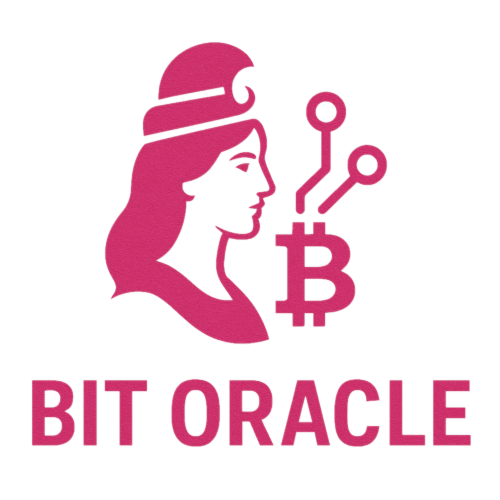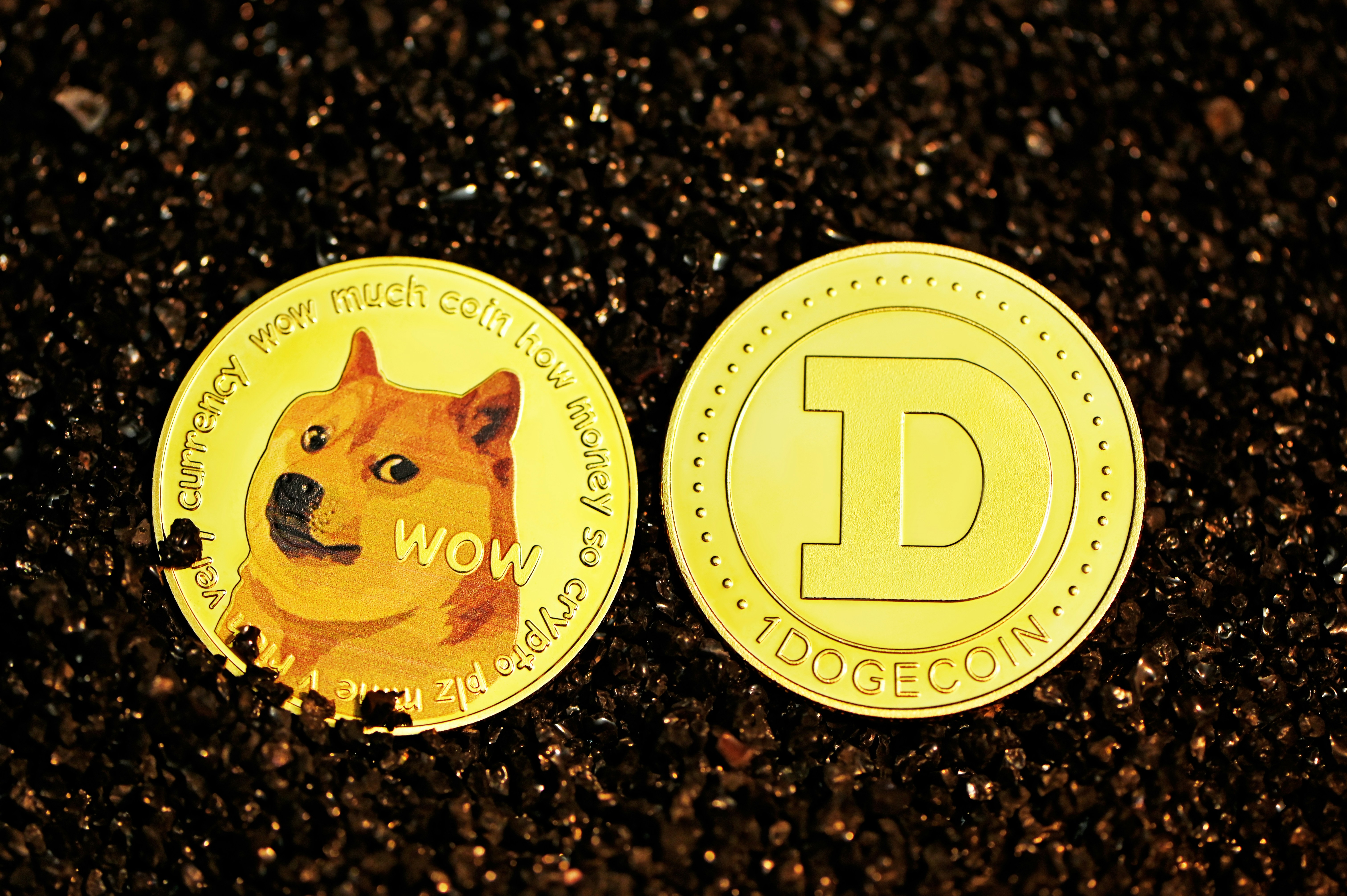Introduction
Dogecoin, a cryptocurrency that began as a whimsical creation, was launched in December 2013 by software engineers Billy Markus and Jackson Palmer. The cryptocurrency was inspired by the popular Shiba Inu meme, which features a canine with a distinctive expression often associated with comedic captions. Initially conceived as a joke, Dogecoin’s lighthearted branding and community engagement quickly caught the attention of internet users, giving it a unique identity in a largely serious cryptocurrency landscape.
While Bitcoin was emerging as the dominant cryptocurrency, focusing on decentralization and security, Dogecoin set itself apart by adopting a fun, laid-back attitude. It encouraged users to embrace the meme culture that was prevalent on platforms like Reddit and Twitter. This approach not only helped in cultivating a robust and active Dogecoin community but also contributed to its unexpected rise in popularity as people began to embrace it for tipping and small transactions.
Over the years, Dogecoin has evolved significantly from its initial purpose as a meme-based currency. It entered the spotlight during various market trends and events, notably fueled by endorsements from influential personalities such as Elon Musk. The remarkable volatility of Dogecoin’s price and the discussions surrounding tools like Dogecoin mining have positioned it as a serious contender within the digital currency realm. Users began to explore various use cases for Dogecoin, including for payments, which further strengthened its market presence. Today, Dogecoin has transitioned from an obscure internet joke to a widely recognized cryptocurrency, making its mark in a fast-evolving financial landscape.
The Unlikely Origin: A Joke That Took Off
Dogecoin, often regarded as a cryptocurrency phenomenon, originated in December 2013 as a lighthearted joke, born out of the growing hype surrounding Bitcoin and other digital currencies. Co-founders Billy Markus and Jackson Palmer sought to create a fun and approachable alternative to these more serious cryptocurrencies. Their goal was to craft a token that appealed to a broader audience, leveraging humor and the viral nature of internet memes. Specifically, they turned to the popular Shiba Inu meme, which embodied the playful spirit they aimed to capture.
The cultural context of 2013 provided fertile ground for the birth of Dogecoin. During this period, Bitcoin had surged in popularity, attracting a wide range of investors and speculators, but it often intimidated newcomers, especially cryptocurrency for beginners. Dogecoin distinguished itself by maintaining a lighthearted image, making it easier for individuals to engage in the cryptocurrency space. The mascot, inspired by the Shiba Inu breed, quickly became a symbol of the Dogecoin community, who embraced the meme culture as part of its identity.
Initially, the reception of Dogecoin was mixed. Many viewed it simply as a novelty, a fleeting joke amidst the serious discussions of digital currency economics. However, as time passed, the community rallied around it, fostering an atmosphere of support and collaboration. This organic growth spurred interest in Dogecoin’s functionalities, extending beyond mere trading activities. Soon, it became recognized for its potential use cases, such as making payments and tipping content creators online. Despite its humble origins, Dogecoin began to gain traction, creating a remarkable juxtaposition against Bitcoin, particularly as users began to compare Dogecoin vs. Bitcoin in terms of accessibility and user-friendliness.
As Dogecoin’s popularity grew, it transitioned from a mere internet meme into a legitimate digital currency, attracting attention from prominent figures in the tech industry. Notably, Elon Musk’s involvement in promoting Dogecoin helped to elevate its status substantially, creating further curiosity and interest in its trajectory. Today, the cryptocurrency stands as a testament to the power of community and the unpredictable nature of the digital currency landscape.
A Unique Community Culture: Humor Over Profit
The success of Dogecoin can be largely attributed to its vibrant and engaging community, which distinguishes it from other cryptocurrencies like Bitcoin. This community thrives on a foundation of humor, creativity, and positivity, with members embracing the lightheartedness that characterizes Dogecoin’s origins as an internet meme. While many cryptocurrencies are deeply entwined with profit-driven motives, Dogecoin’s community prioritizes fun and social engagement, thus fostering a unique culture that resonates with a wide audience.
From its inception, the Dogecoin community has utilized humor as a core principle, often sharing memes and jokes that highlight the coin’s playful spirit. This levity encourages participation from both seasoned investors and cryptocurrency for beginners, creating an inclusive atmosphere where individuals feel welcomed and motivated to join discussions, share content, or contribute to charitable causes. Such a positive and lighthearted approach not only enhances community bonds but also promotes a sense of belonging among users.
Moreover, the community has consistently engaged in philanthropic initiatives, leveraging their passion for Dogecoin to raise funds for various charitable endeavors, such as sponsoring athletes or contributing to disaster relief efforts. This altruistic side of the Dogecoin community is in stark contrast to the more competitive and profit-oriented environments associated with many other currencies, thereby enhancing Dogecoin’s appeal to those who value shared experiences and the joy of collective involvement.
In comparison to Bitcoin, which is often viewed through the lens of investment and financial gain, Dogecoin represents a shift in the narrative around digital currency. Users are drawn to the idea of using Dogecoin for payments in a manner that emphasizes enjoyment over investment strategies, further solidifying its role as a community-driven currency. The integration of humor and creativity into everyday interactions ensures that Dogecoin remains a symbol of joy in the cryptocurrency world.
Charitable Contributions: The Heart of Dogecoin
Since its inception, Dogecoin has transcended being just another cryptocurrency; it has fostered a strong sense of community through various charitable endeavors. This unique aspect of Dogecoin significantly contributes to its identity and appeal, differentiating it from other digital currencies like Bitcoin. The Dogecoin community remains committed to philanthropy, proving that cryptocurrency can be harnessed for altruistic purposes.
One of the most notable examples of Dogecoin’s charitable initiatives was its support for the Jamaican bobsled team during the 2014 Winter Olympics. After the team faced a funding shortfall, the Dogecoin community rallied together, raising more than $30,000 to aid in their journey to Sochi. This endeavor highlighted the power of collective action within the Dogecoin community and showcased how a cryptocurrency could directly impact real-world situations.
In addition to supporting sports teams, Dogecoin has extended its philanthropic reach by funding clean water projects in developing nations. Through partnerships with organizations like “DOGE4Water,” the Dogecoin community has contributed to providing access to clean drinking water, enhancing living conditions for many. Such projects exemplify the potential for cryptocurrency to contribute positively to society, forging strong ties among users and enhancing Dogecoin’s brand as a compassionate digital asset.
Overall, these charitable contributions have proven instrumental in enhancing Dogecoin’s reputation, allowing it to emerge not just as a meme-based cryptocurrency, but as a registered player in philanthropy. This commitment to giving back is what resonates with many within the Dogecoin community, creating a sense of belonging and purpose that transcends the usual motivations of trading or investing. As Dogecoin continues to evolve, its reputation as a champion for good steadily grows, paralleling its journey within the broader cryptocurrency landscape.
Accessibility and Ease of Use: Dogecoin as a Digital Currency
Dogecoin has rapidly gained recognition in the cryptocurrency realm, not simply as a meme but as a viable digital currency. Its accessibility and ease of use make it an excellent option for both seasoned crypto enthusiasts and casual users. One key factor contributing to Dogecoin’s user-friendly nature is its simplified purchasing process. Unlike some cryptocurrencies that can be daunting due to complex exchanges and intricate wallets, Dogecoin is available on numerous platforms where users can buy, sell, and trade with just a few clicks.
Moreover, the process of utilizing Dogecoin is straightforward. Users can easily send and receive payments using mobile wallets or desktop applications, often accompanied by a simple copy-and-paste action of the recipient’s wallet address. This streamlined experience differs substantially from more complicated cryptocurrencies like Bitcoin, which might require a deeper understanding of private keys and wallet management. With Dogecoin, the barrier to entry is significantly lowered, allowing cryptocurrency for beginners to engage with dogecoin for payments without extensive prior knowledge.
Transaction fees also play a vital role in Dogecoin’s accessibility. The network offers remarkably low fees, often a fraction of a cent per transaction. This is particularly advantageous when compared to traditional banking fees or even fees associated with other cryptocurrencies. Fast transaction speeds further enhance Dogecoin’s appeal, with most transactions confirmed within a minute. This efficiency means that the dogecoin community can quickly process payments, making it a practical choice for tipping or small transactions. The fact that Dogecoin uses the Scrypt algorithm helps contribute to its lower fees and quicker confirmation times, distinguishing it from Bitcoin, which operates on a different, more energy-intensive mechanism.
In essence, Dogecoin’s blend of accessibility, low fees, and rapid transactions positions it favorably in the cryptocurrency landscape, promoting wider dogecoin adoption across various use cases. It remains to be seen how the coin will continue to evolve, but its current attributes make it a prominent figure in the growing field of digital currencies.
How Dogecoin Works: Technical Insights
Dogecoin operates on a codebase derived from Litecoin, which itself is built on Bitcoin’s foundational technology. The decentralized nature of Dogecoin is essential, as it enables peer-to-peer transactions without the need for a central authority, making it a well-regarded option for payments. One of the unique features of Dogecoin is its utilization of the Scrypt algorithm for mining, which differentiates it from Bitcoin’s SHA-256 algorithm. The Scrypt algorithm allows for quicker block generation times and enables miners to use regular computer hardware rather than specialized equipment.
When it comes to supply, Dogecoin distinctly differs from Bitcoin’s scarcity model. While Bitcoin is designed to have a capped supply of 21 million coins, Dogecoin has an infinite supply. This inflationary aspect means that new Dogecoins can continuously be mined, which theoretically maintains a lower value overtime compared to Bitcoin. The implications for users and investors are significant; Dogecoin’s price prediction is influenced by its inflation rate, with greater potential for accessibility but arguably less long-term value retention than Bitcoin. This aspect has spurred discussions within the Dogecoin community about the balance between wide adoption and inflationary risks.
Dogecoin’s meme culture also plays a vital role in its popularity and market penetration. The iconic Shiba Inu mascot has resonated well with various online communities and has been embraced by investors looking for a playful alternative to cryptocurrencies like Bitcoin. Despite its roots in meme culture, Dogecoin has evolved into a viable cryptocurrency for payments, gaining traction through early adopters and prominent endorsements, including support from notable figures like Elon Musk. The juxtaposition of Dogecoin’s lighthearted origins with its technical capabilities illustrates the unique niche it occupies within the larger cryptocurrency ecosystem.
Mining Dogecoin: A Simple Process
Dogecoin mining is an accessible entry point for those interested in the world of cryptocurrency, particularly for beginners looking to understand how digital coins are created. Unlike some other cryptocurrencies that require advanced technical knowledge, Dogecoin offers a simpler mining process that can be undertaken by anyone with a basic computer setup.
To begin mining Dogecoin, one needs to understand the hardware requirements. The most commonly used mining system for Dogecoin employs the Scrypt algorithm, which is designed to be memory intensive. This aspect of the algorithm helps to ensure a degree of decentralization and security within the Dogecoin network. Users typically require a CPU or an FPGA, although a dedicated mining rig with GPUs can significantly enhance mining efficiency. More importantly, mining can even be performed on standard laptops or computers, making it accessible to a wider audience.
The mining process involves solving complex mathematical problems that validate transactions on the Dogecoin network. As these problems are solved, miners compete to add blocks to the blockchain and are rewarded with newly minted Dogecoins. This reward system not only incentivizes miners to participate but also aids in securing the network against malicious attacks. The community-driven aspect of Dogecoin mining fosters collaboration, as enthusiasts often form mining pools to combine their computing power and improve their chances of earning rewards. This spirit of cooperation is a hallmark of the Dogecoin community, which thrives on its meme culture and friendly environment.
Additionally, Dogecoin’s low transaction fees and quick block times position it as an attractive cryptocurrency for payments. The Dogecoin ecosystem continues to grow, with a burgeoning adoption movement among merchants and consumers alike, turning the meme into viable currency. As the Dogecoin history unfolds, continuous developments indicate that the community’s involvement in mining will play a crucial role in the future sustainability and security of the network.
The Rise to Fame: Memes and Media Coverage
Dogecoin’s ascent to prominence is intricately linked to its origins as an internet meme, which came to symbolize a carefree and humorous attitude towards cryptocurrency. Launched in December 2013 by software engineers Billy Markus and Jackson Palmer, Dogecoin was initially intended as a lighthearted alternative to Bitcoin. The playful Shiba Inu image quickly captured the imagination of internet users, leading to its widespread adoption within meme culture. Consequently, Dogecoin has transformed into a legitimate cryptocurrency with a vibrant community eager to promote its use cases, especially for payments.
The role of social media platforms like Reddit and Twitter cannot be overstated in this context. On Reddit, communities such as r/dogecoin have grown exponentially, serving as hubs for enthusiasts to share news, memes, and investment insights. This grassroots organization has allowed users to amplify Dogecoin price predictions and discuss its technical aspects, including the underlying scrypt algorithm and mining potential, fostering a sense of camaraderie among members. Twitter, too, became a pivotal platform for discourse, especially with celebrity endorsements, notably by Elon Musk, whose tweets often trigger fluctuations in Dogecoin’s market value, showcasing the power of social media in shaping cryptocurrency narratives.
Moreover, the viral content surrounding Dogecoin has significantly contributed to its market dynamics. As memes spread across platforms, they often lead to sudden surges in popularity and engagement, directly impacting Dogecoin’s trading volume and raising awareness among cryptocurrency beginners. The fusion of humor and financial speculation has rendered Dogecoin an interesting case study, particularly when examined alongside traditional cryptocurrencies like Bitcoin. Ultimately, the interplay between meme culture and media coverage has played a crucial role in propelling Dogecoin from a mere internet joke to a noteworthy financial asset that engages an ever-expanding global audience.
Future Prospects: What Lies Ahead for Dogecoin
The future of Dogecoin appears promising as it continues to capture the attention of investors, enthusiasts, and the broader public. The current market position of Dogecoin, buoyed by a strong community and increasing adoption, suggests that the cryptocurrency could see further developments that elevate its status beyond that of a mere internet meme. Changing regulatory landscapes also play a crucial role in determining Dogecoin’s trajectory. As governments and financial institutions continue to explore the implications of cryptocurrencies, the clarity brought by regulatory frameworks could enhance Dogecoin’s legitimacy and encourage mainstream adoption.
Furthermore, potential use cases for Dogecoin may continue to emerge, strengthening its role in the cryptocurrency ecosystem. Initially created as a humorous alternative to Bitcoin, Dogecoin’s low transaction fees and fast processing times make it an attractive option for microtransactions and online tipping. As businesses and service providers increasingly recognize the advantages of dogecoin for payments, this utility could facilitate broader acceptance, solidifying its status as a functional cryptocurrency.
Additions to its network, such as enhanced scalability and security features powered by its underlying scrypt algorithm, could pave the way for Dogecoin to compete directly with established cryptocurrencies like Bitcoin. Meanwhile, the Dogecoin community actively drives development and innovation, which may lead to higher engagement levels and exciting project partnerships.
Celebrity endorsements, notably those from influential figures such as Elon Musk, can propel Dogecoin’s popularity further. As public sentiment evolves and more users become cryptocurrency for beginners, the potential for Dogecoin to capture new audiences will increase. The compound effect of these factors could lead to a significant transformation of Dogecoin’s market presence, fostering an environment ripe for sustainable growth and adoption in the coming years.


